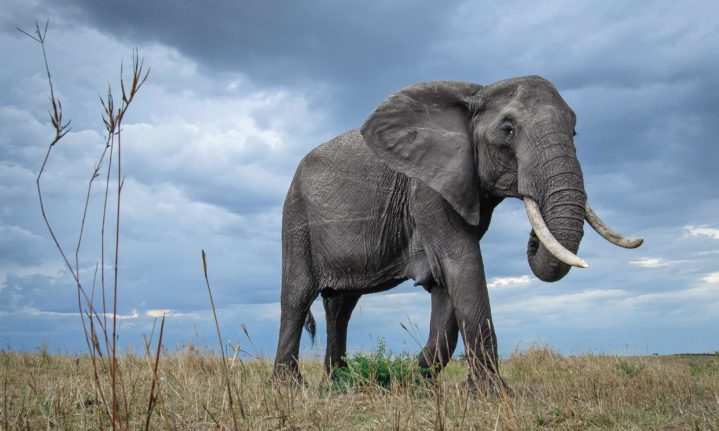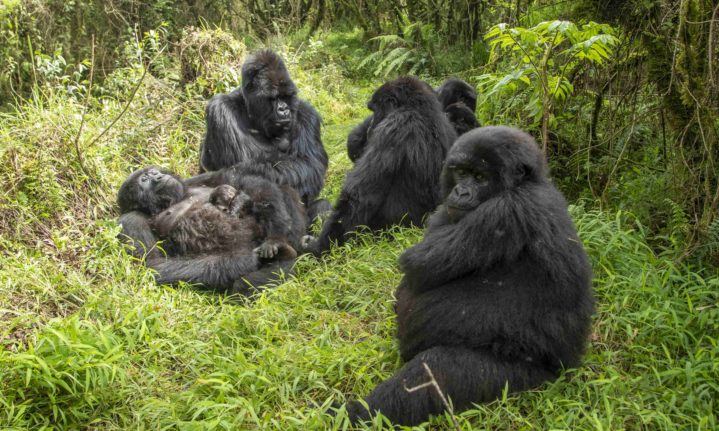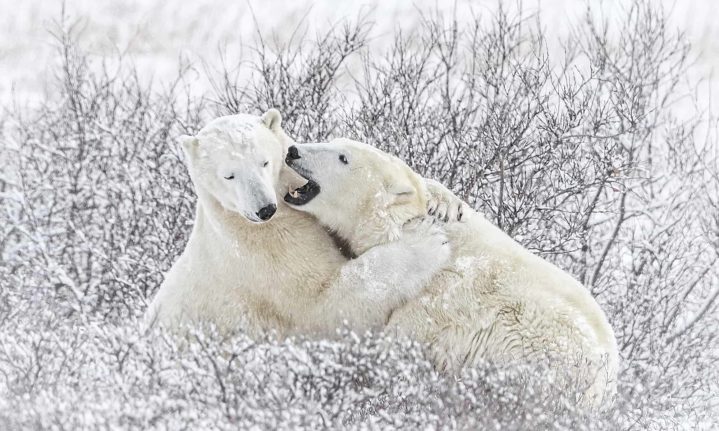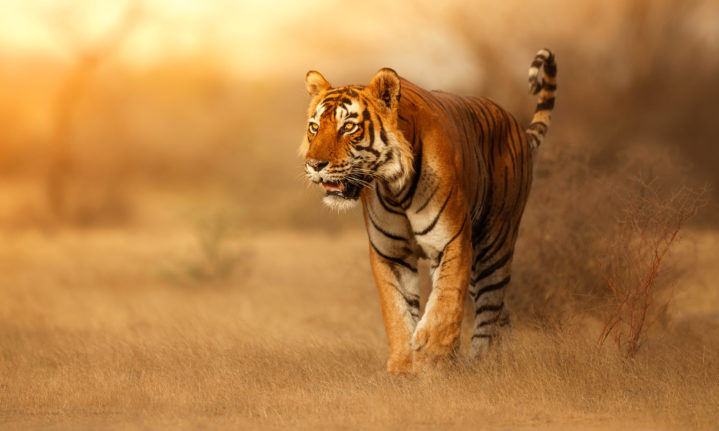The New Big 5 website has received over 50,000 votes from wildlife lovers around the world and more than 250 of the world’s wildlife photographers, conservationists, and wildlife charities have come together to support this international initiative.
Diversity on race and gender was a key part of the project, with more than 120 renowned, global, male, and female supporting photographers from all around the world.
The animals that have been chosen by the public are elephants, polar bears, tigers, gorillas, and lions and each of the 5 species in the New Big 5 face severe threats to their existence and are listed by the IUCN either as Critically Endangered, Endangered or Vulnerable.
‘We’re currently experiencing the worst spate of species die-offs since the loss of the dinosaurs 65 million years ago. But unlike those past mass extinctions, the current crisis is almost entirely caused by us: humans.’ says photographer Marsel van Oosten.
‘The New Big 5 consists of elephants, polar bears, gorillas, tigers, and lions – some of the most iconic animals on our planet. They’re a stark reminder of what’s at stake if we don’t change our ways. That’s how I will look at each of them, as beautiful representatives of the many thousands of other, often lesser-known species who desperately need our help.’ he added
One million species currently face the threat of extinction. The animals in the New Big 5 can serve as global ambassadors for all the world’s wildlife and the crisis they face.
All 5 animals are keystone species, essential to the balance of nature in their habitats, biodiverse ecosystems, and the survival of other species. Each species is vital to the health of the planet and to our future.
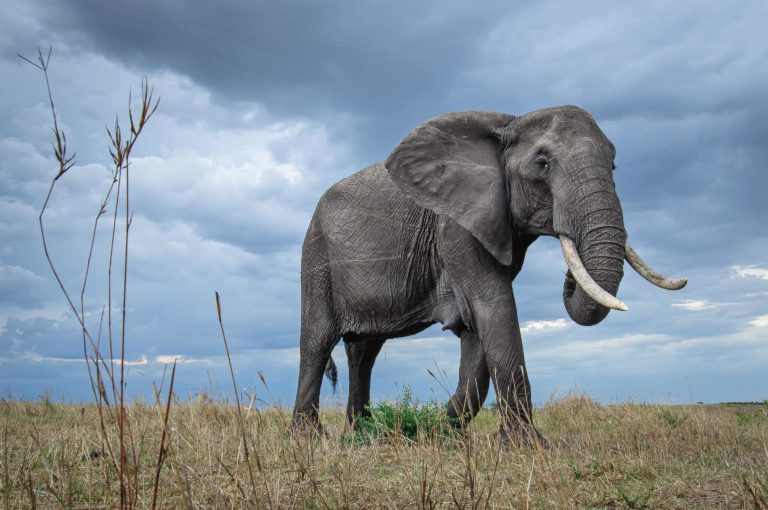
Elephant photographed by David Lloyd
‘Elephants are among the most important species in Africa and Asia for maintaining incredible habitats and environments. And what great ambassadors they are for wildlife the world over. But elephants are in distress. They’re poached for their ivory, hunted for their meat, their habitats are disappearing and they’re being killed as a result of human-wildlife conflict. To save elephants, we have to all step up to protect them.’ says Dr Paula Kahumbu, CEO and founder of Wildlife Direct.
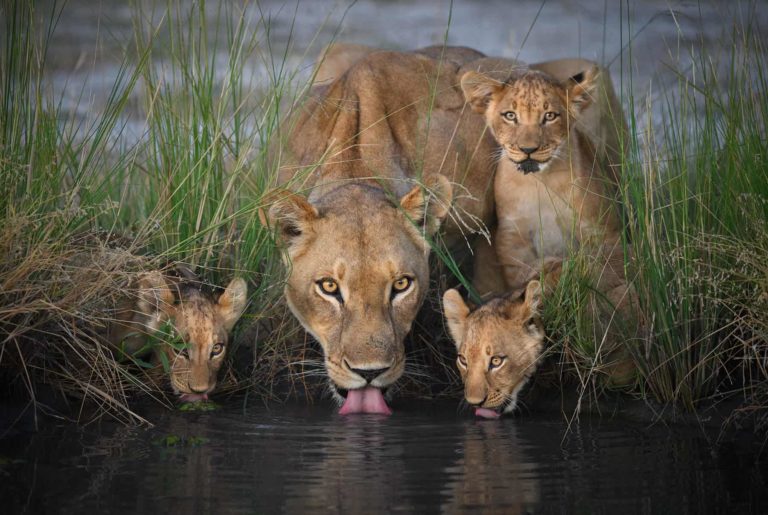
Lion photographed by Marsel van Oosten
‘Lions need all the attention they can get. They’re in serious trouble. There are only about 20,000 lions left in Africa. They’ve disappeared from 80 to 90 percent of their historical range. Lions are icons of what it means to be wild. It would be a tragedy to lose lions across our continent. But I hope that by coming together, we can address these threats and ensure lions are free to roam across Africa’s spectacular landscapes. We can’t let them disappear.’ says Dr Shivani Bhalla, Founder and Executive Director of Ewaso Lions.
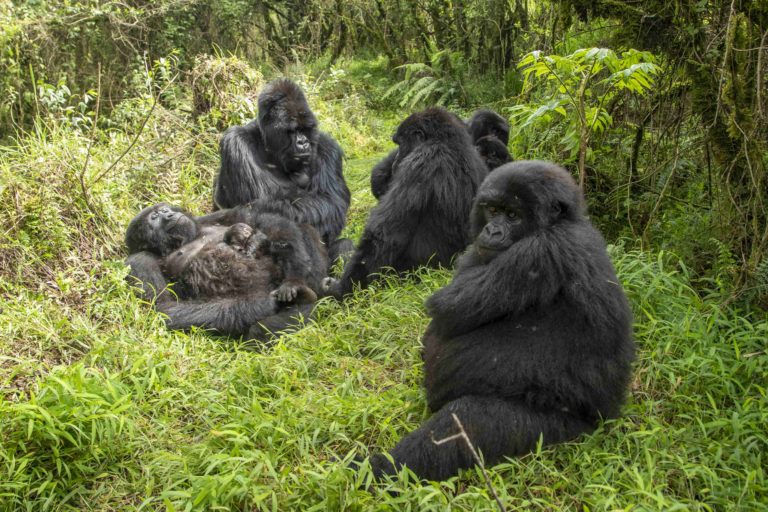
Gorilla photographed by Usha Harish
‘Gorillas are incredible, intelligent, and caring animals. Unfortunately, both species of gorillas–eastern gorilla and western gorilla–are critically endangered, the last step before extinction in the wild. Luckily, mountain gorilla numbers are increasing, showing conservation can succeed when we work together.’ says Dr Tara Stoinski, CEO of Dian FosseyGorilla Fund.
Unlike the old ‘Big 5’ that mainly consisted of African wild animals, the New Big 5 includes international species such as the polar bear.
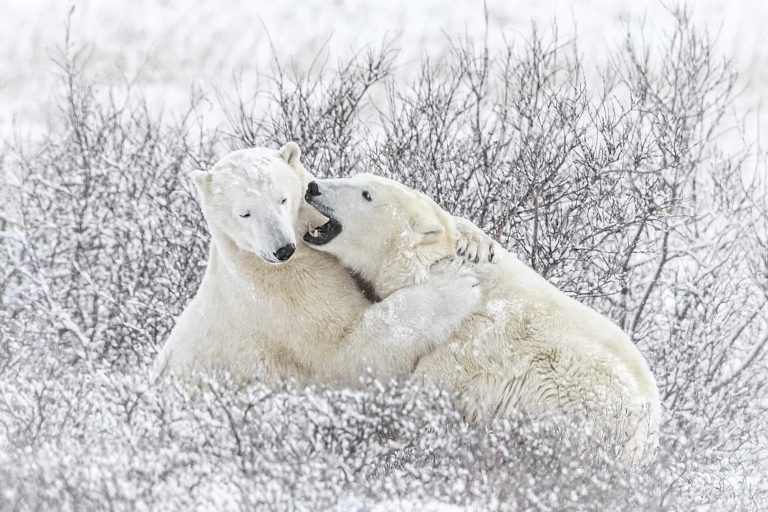
Polar Bear photographed by Dave Sandford
‘Polar bears are keenly intelligent and endlessly fascinating to photograph and watch,” says Krista Wright, Executive Director, Polar Bears International. ‘I’m also drawn to polar bears because they’re a powerful symbol of sea ice loss from global climate warming and a poignant messenger on the urgent need to act. In order to protect polar bears, we need to protect the sea ice they depend upon. By taking action on climate change, we’ll not only ensure the polar bear’s future but help people too. A future that supports polar bears will be a future that is better for all of us.’ she added.
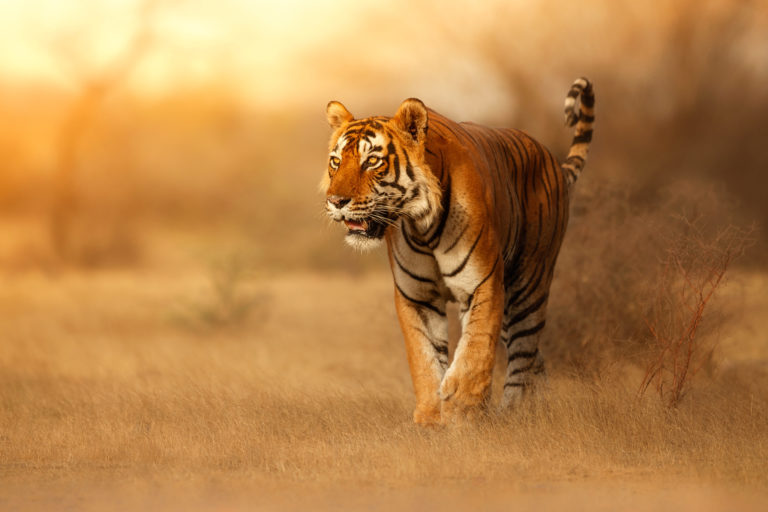
Tiger photographed by Vladimir Cech Jr
Rounding off the New Big 5 are tigers, the national animal of India, also found in Indonesia, Russia, and elsewhere, wild tigers are thought to currently number lower than 3900globally, though there are estimated to be more than 20,000 in ‘zoos’ and ‘sanctuaries’ around the world, especially the US.“Tigers are such fascinating incredible animals,’ says Vivek Menon, Founder of the Wildlife Trust of India.’ It’s also a flagship species for the conservation of their habitats and all other life that exists there. Its loss would also impact the entire ecosystems in which they live. In India, tigers are threatened by habitat loss and poaching. The Sumatran tigers are even more critically endangered. I’m so happy they’ve been given the importance they deserve.’ Menon adds.
All five animals are keystone species, essential to biodiversity and the balance of nature in their habitats. Elephants are ecosystem engineers’ that spread seeds and modify landscapes. Lions and tigers maintain a balance between predator and prey, stopping herbivores from overgrazing vegetation. Gorillas control plant growth and distribute seeds. Polar bears are an indicator of an ecosystem’s health. Each species is vital to the health of the planet, from clean air and water to forests needed to combat climate change, and to our future.
The New Big 5 also offers a new Bucket List for travellers, wildlife lovers, and photographers to experience in their lifetime. Tourism funds much of the world’s vital conservation work. The New Big 5 encourages travellers to visit the places where these five animals live, support conservation efforts, and learn about all the wildlife there and the threats they face.
PICTURES: Supplied









